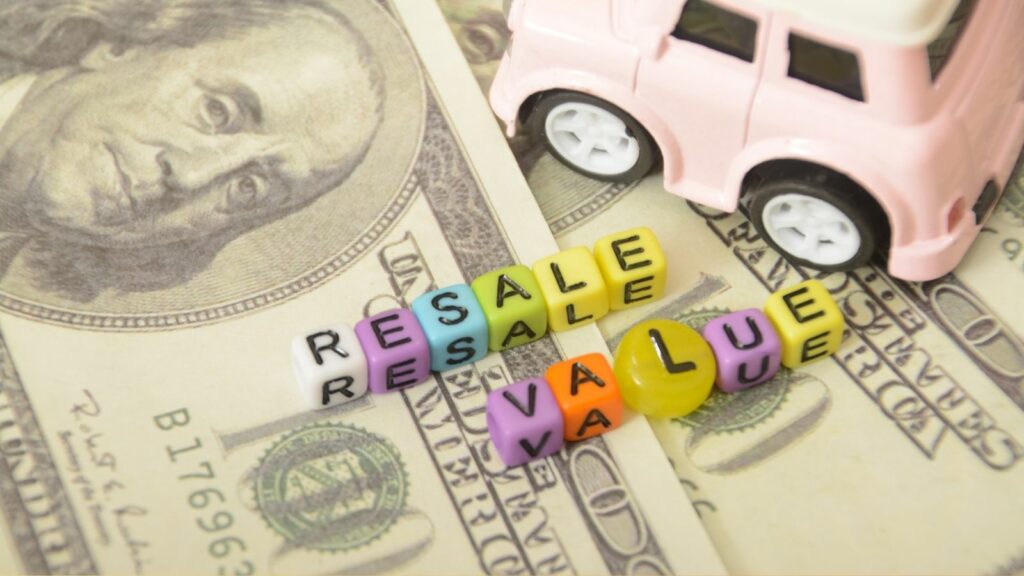Are you dreaming of your next four-wheeled mount, but tariffs are causing problems? Whether you’re a gearhead, a deal-seeker, or someone who wants to buy a car, here are 25 tips that will help you navigate the turbulent tariff waters.
Understand the Tariff Terrain
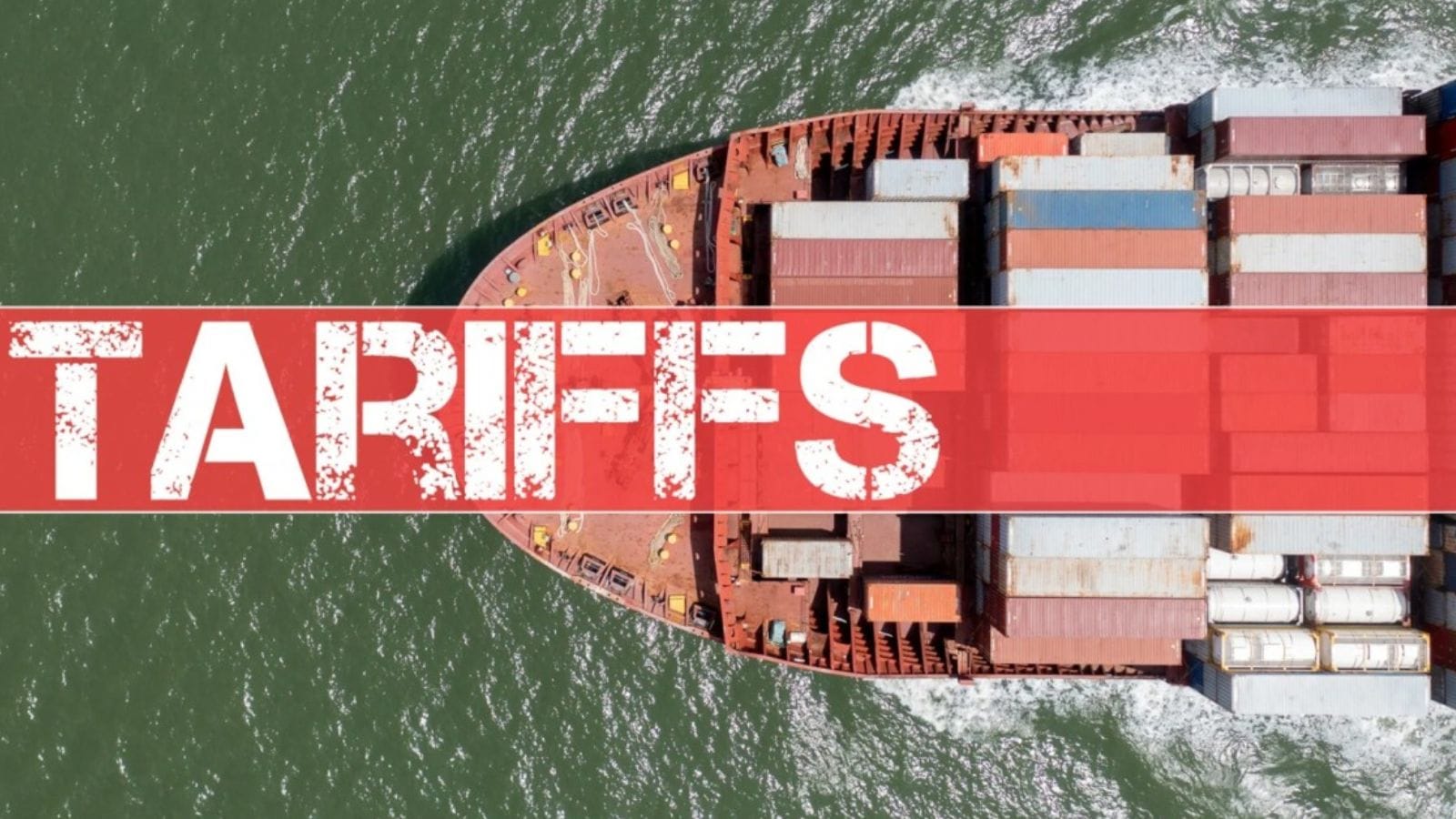
Vehicles imported from outside North America, like European or Asian luxury cars, often face tariffs of up to 6.1% under Canada’s Customs Tariff Schedule. Thanks to the Canada–U.S.–Mexico Agreement (CUSMA), most cars manufactured in North America are tariff-free. Still, there’s a twist: The rules of origin must be met, meaning a specific percentage of parts must also come from the region.
Check Where Your Car is Made
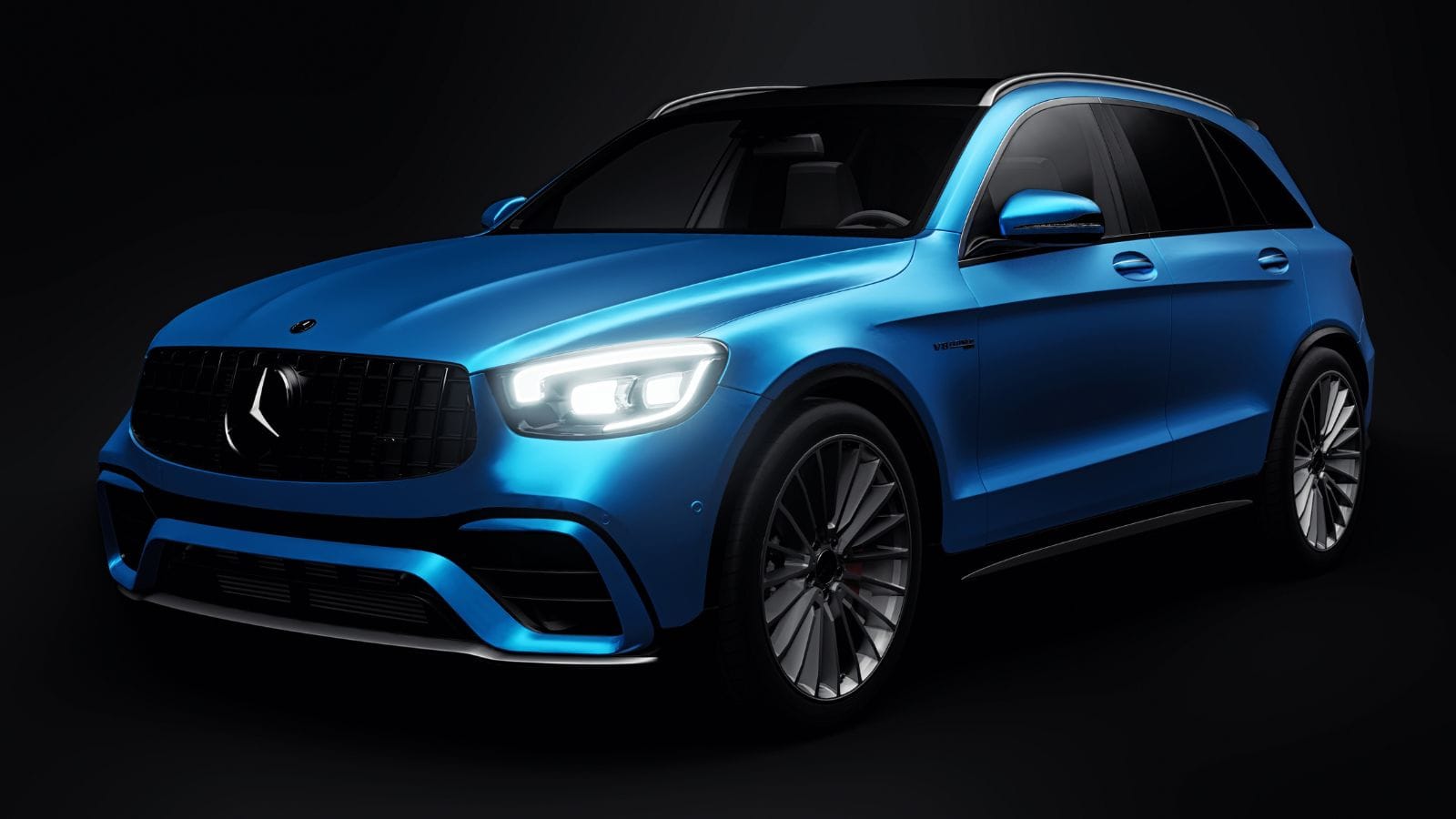
Not all Ford or Toyota cars are made in the U.S. or Japan. Some are assembled in Canada or Mexico. In April 2025, Canada imposed a 25% tariff on U.S. vehicle imports that do not comply with the U.S.-Mexico-Canada Agreement (USMCA), affecting approximately C$35.6 billion worth of goods. Additionally, since October 2024, a 100% tariff has been applied to electric vehicles (EVs) imported from China. These measures aim to protect domestic industries but could increase consumer costs.
Mind the USMCA
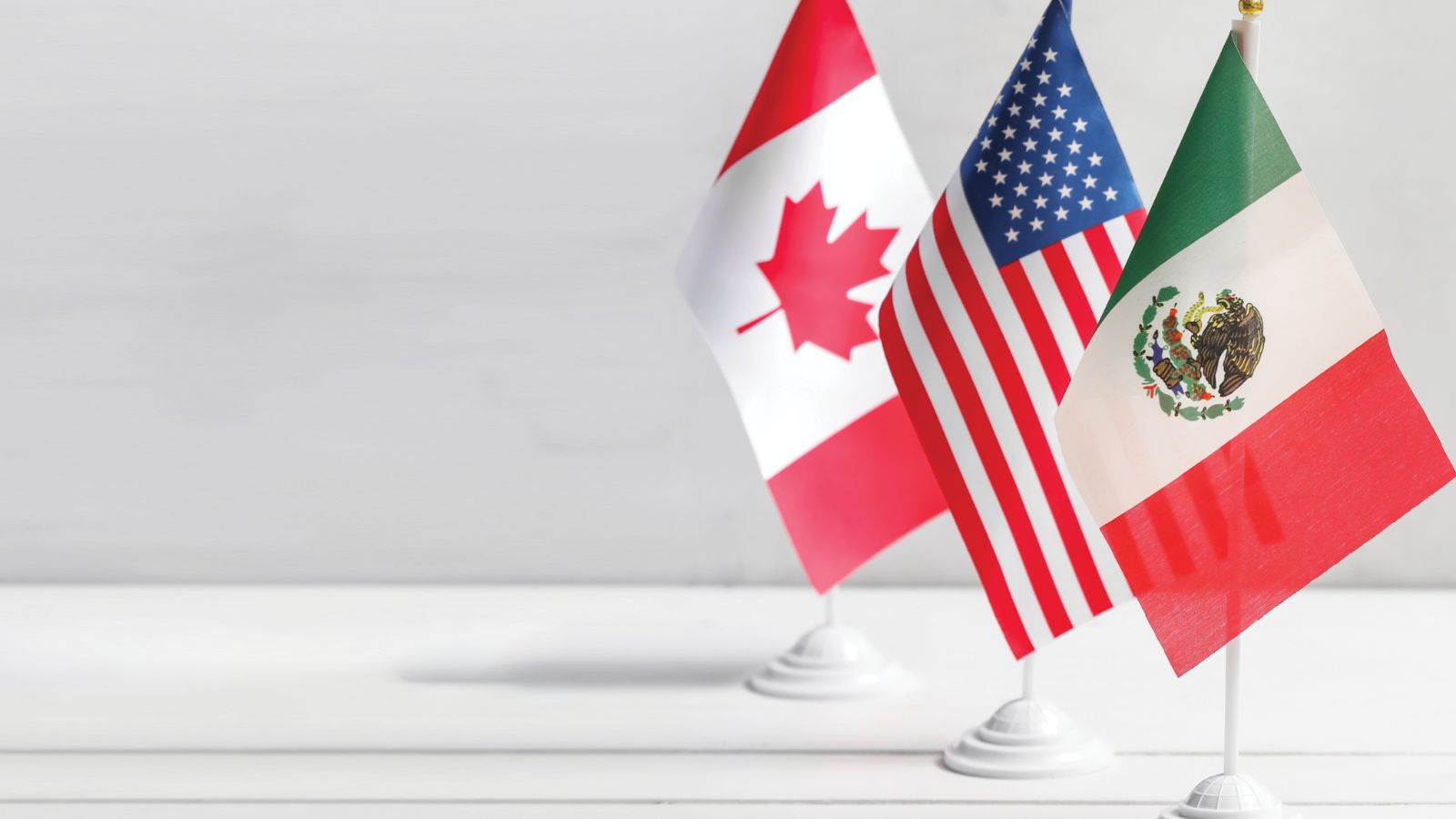
Replacing NAFTA in 2020, USMCA ensures vehicles built with at least 75% North American content (up from 62.5%) can cross borders tariff-free. Translation? Buy North American-made and dodge import duties that could otherwise cost thousands. But beware: vehicles made outside North America (that tempting German luxury SUV) may face up to 6.1% import duty under Canada’s MFN tariff rates. So, a car with more foreign parts might be pricier.
Shop Local, Eh?

Tariffs got your wallet sweating like a snowman in July? Then here’s your hot tip: buy Canadian-made vehicles. With the U.S.–Canada tariff tangle tightening screws on imported parts and finished cars, sticking close to home saves you more than just shipping fees. Take the Toyota RAV4 and Honda CR-V, assembled in Ontario, and they are less likely to be slapped with border taxes than their overseas counterparts. Plus, you support 500,000+ jobs in Canada’s auto sector (Global Automakers of Canada). It’s patriotic and practical.
Cross-Border Bargains? Do Your Homework

Buying a car from the U.S. was a no-brainer when the loonie was strong. Today? It’s a calculus equation. Import duties, modifications for Transport Canada standards, and exchange rates can erase those savings faster than a snowplow in January. Additionally, U.S. tariffs on steel and aluminum have raised production costs, potentially increasing vehicle prices by up to $1,000. Given these complexities, Canadian consumers should research current trade policies and consult dealerships to understand how tariffs affect pricing before purchasing cross-border vehicles.
Factor in the Exchange Rate

The Canadian dollar loves to keep us on our toes. To navigate these challenges, consider purchasing sooner to avoid anticipated price hikes. Exploring the used car market is another viable option, as increased demand may elevate prices there as well. When importing vehicles from the U.S., utilizing independent foreign exchange providers can offer better rates than traditional banks, potentially saving up to 2% on currency conversions.
Don’t Forget About the Import Rules

Transport Canada doesn’t let just any car waltz across the border. Check the Registrar of Imported Vehicles (RIV) program. Oh, and don’t forget the 6.1% duty (unless made in the U.S. or Mexico under USMCA) plus GST, provincial taxes, and excise taxes if your ride guzzles gas like it’s going out of style. Even your headlights may need tweaking. The bottom line is that importing isn’t free for all; it’s a paperwork-heavy obstacle course. Always check with Transport Canada, CBSA, and the RIV program before buying abroad, or that dream car could be expensive.
Understand the Luxury Tax
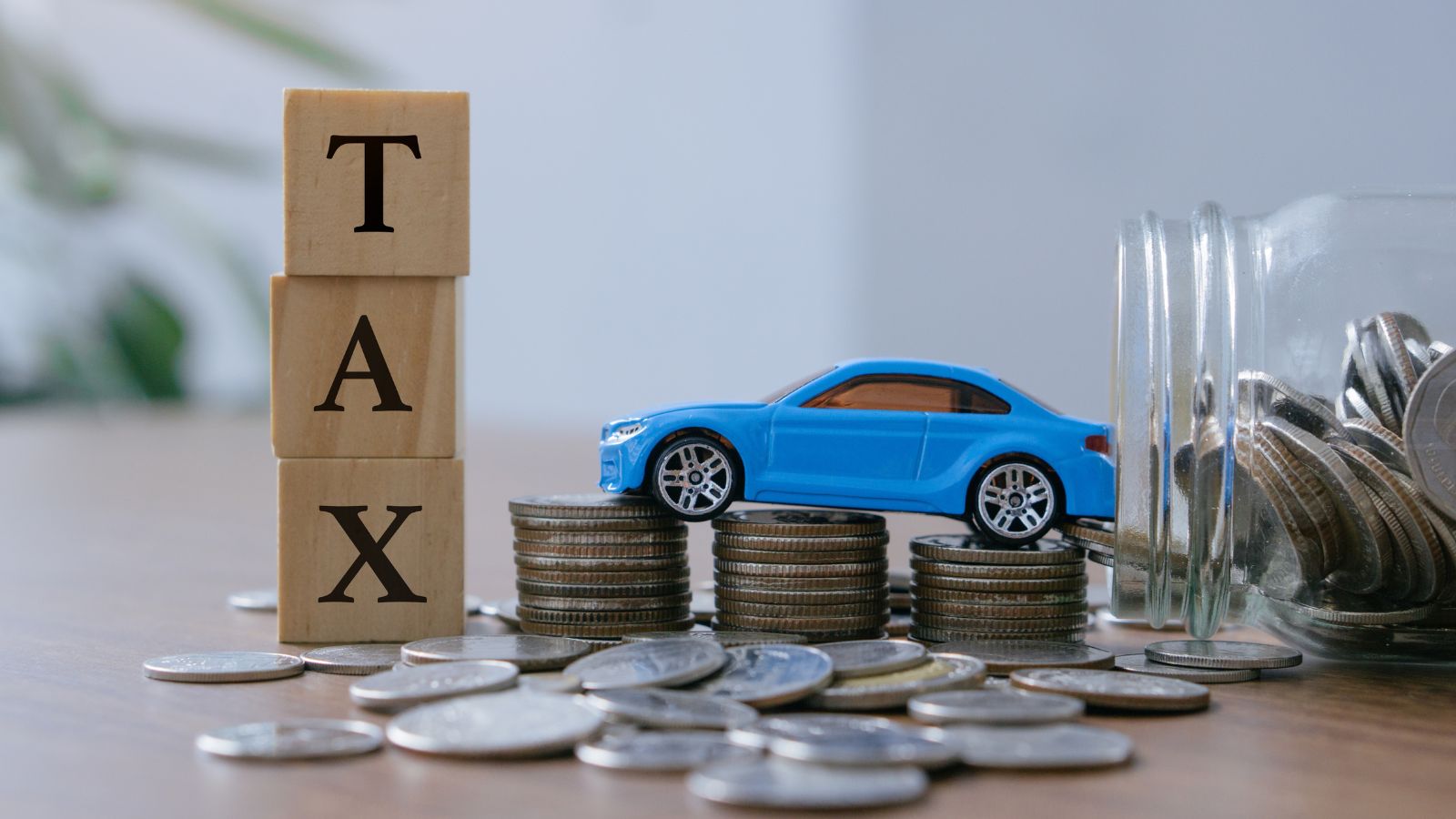
Canada now has a luxury tax on cars over $100,000. It’s either 10% of the full value or 20% of the amount above $100,000. The tax affects passenger vehicles weighing under 3,856 kg and seating fewer than 10, so heavy-duty trucks and most commercial vans escape unscathed. Automakers and dealers pass this tax onto buyers, so there’s no dodging it at checkout. And, pro tip: If you’re eyeing a lightly used luxury ride, consider one already registered since used vehicles are exempt. Your wallet might thank you.
New vs. Used: The Tariff Twist
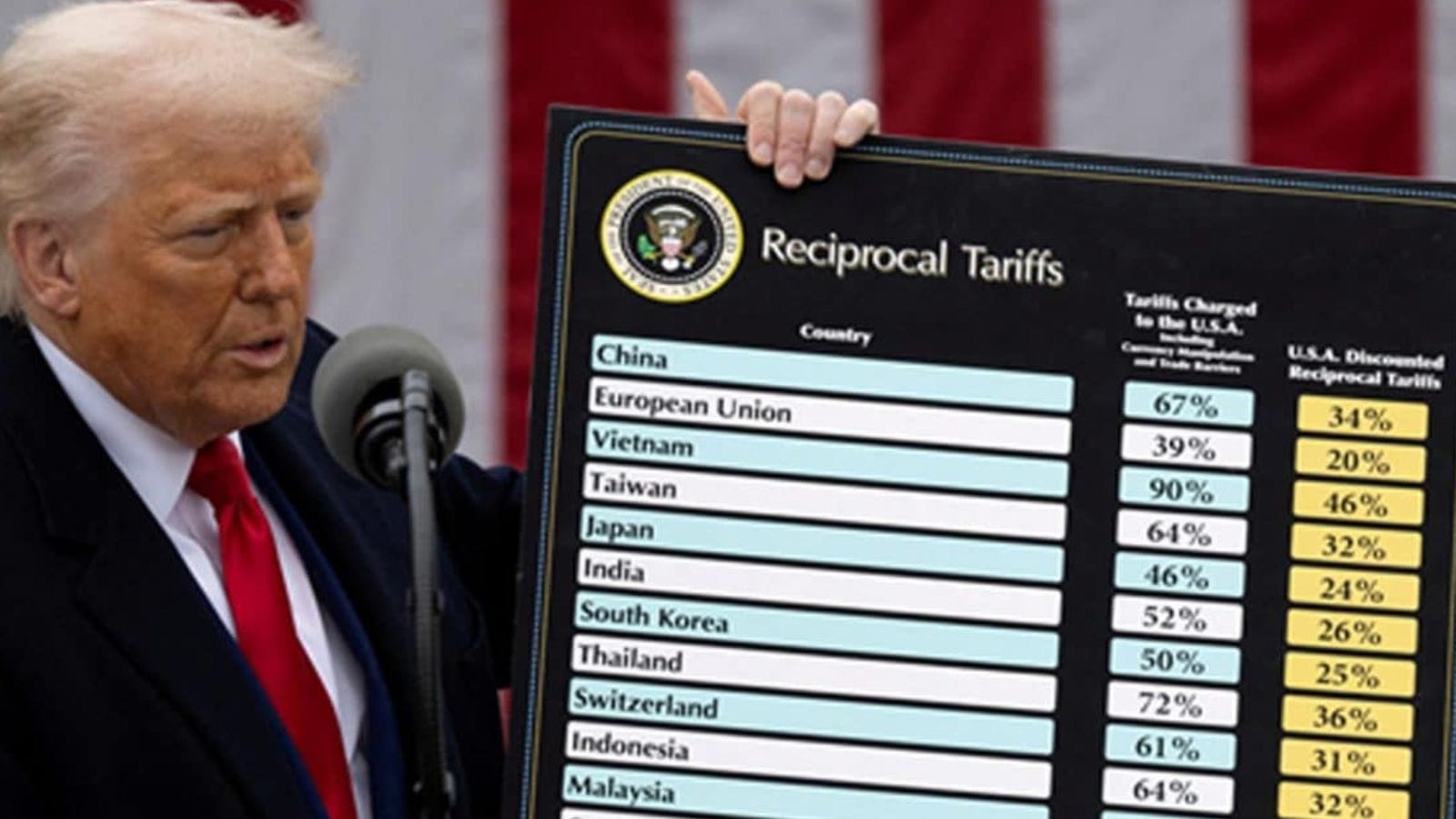
Used car exports from Canada to the U.S., averaging 200,000 to 300,000 units annually, face challenges due to a proposed 25% U.S. tariff, potentially halting exports and causing a surplus in Canada. This surplus could lower domestic used car prices but devalue trade-ins and leased vehicles. Additionally, tariffs on auto parts crossing borders multiple times during assembly could increase manufacturing costs, raising vehicle prices. So, certified Pre-Owned (CPO) models can be a goldmine of value without the tariff drama.
Consider Canadian-Market Brands

Some brands offer different pricing or packages in Canada compared to the U.S. In August 2024, Canada imposed a 100% surtax on Chinese-made electric vehicles (EVs) and a 25% surtax on Chinese steel and aluminum products, effective October 2024, to protect local industries from unfair trade practices. These measures align with similar U.S. actions. Purchasing vehicles from Canadian manufacturers or those assembled within Canada can help consumers avoid these tariffs, ensuring better pricing and supporting the national economy.
Ask Dealers About Tariff Impact

Dealerships don’t always broadcast tariff impacts, but you can ask. They might have better pricing on certain trims or brands that aren’t facing heavy import duties. Asking directly could also reveal hidden fees or incentives to balance those costs. Specific dealers offer pre-tariff pricing on in-stock models to stay competitive. A straightforward chat could save you a four-figure sum. Knowledge is power, especially when it comes with a warranty.
Watch Out for Freight and PDI Fees

These charges can sneak up on you. What’s wild? Even electric vehicles with minimal assembly needs aren’t exempt. Some brands charge higher fees in Canada than in the U.S. despite similar logistics routes. These charges supposedly cover shipping from the factory and dealer prep, but they often serve as a quiet profit center. Plus, Ask for the “all-in” price before signing anything, and shop around since some dealerships bundle these into promotional offers. So, before you say yes to that new ride, ensure the fine print isn’t driving away with your wallet.
Shop the End of the Month or Quarter

In light of recent tariffs affecting the Canadian automotive market, strategic timing can help mitigate increased costs when purchasing a vehicle. Dealerships often have monthly and quarterly sales targets, leading them to offer significant incentives as these periods close to meeting quotas. Shopping at the end of these cycles may provide better deals, potentially offsetting some tariff-induced price hikes. So, stack that with low inventory bonuses, and you might win.
Use a Car Buying Service

Services like CarCostCanada can reveal dealer invoice pricing and hidden incentives. They’ll also sniff out hidden dealer fees, handle paperwork, and negotiate on your behalf. Some services, like Car Help Canada or Unhaggle, charge a fee; others build it into the final cost. Either way, you’re paying for peace of mind and possibly a better deal than your Uncle Gary got in 2004. In a market where even used Civics can cost as much as a small condo, having a professional steer the ship is like hiring a Sherpa to scale the Mount Everest of Canadian car-buying chaos. Worth it.
Compare Financing Rates

Banks, credit unions, and dealerships offer financing, but rates vary more than spring weather in Calgary. According to the Bank of Canada, rates have risen post-2022, so every percentage point matters. Use tools like Ratehub.ca or AutoTrader’s loan calculators to do the math because math saves cash (and regret). And remember, in a world where tariffs can jack up vehicle prices overnight, the real power move is paying less for borrowing the same money. Your future self (and your wallet) will thank you. Shop around.
Lease With Caution

Thinking of leasing a car? Hold your moose! With auto tariffs bobbing like a beaver in rapids, leasing might save your toque. U.S.-Canada trade tariffs (remember the 25% “chicken tax” on trucks?) could sky-high sticker prices. Leasing locks in monthly payments, shielding you from surprise tariff tantrums. In 2023, Canadian car prices surged over 30% from pre-pandemic levels (StatsCan), with no signs of slowing. Manufacturers often offer sweeter lease deals on newer models to keep ‘em moving.
Hybrid and EV Incentives
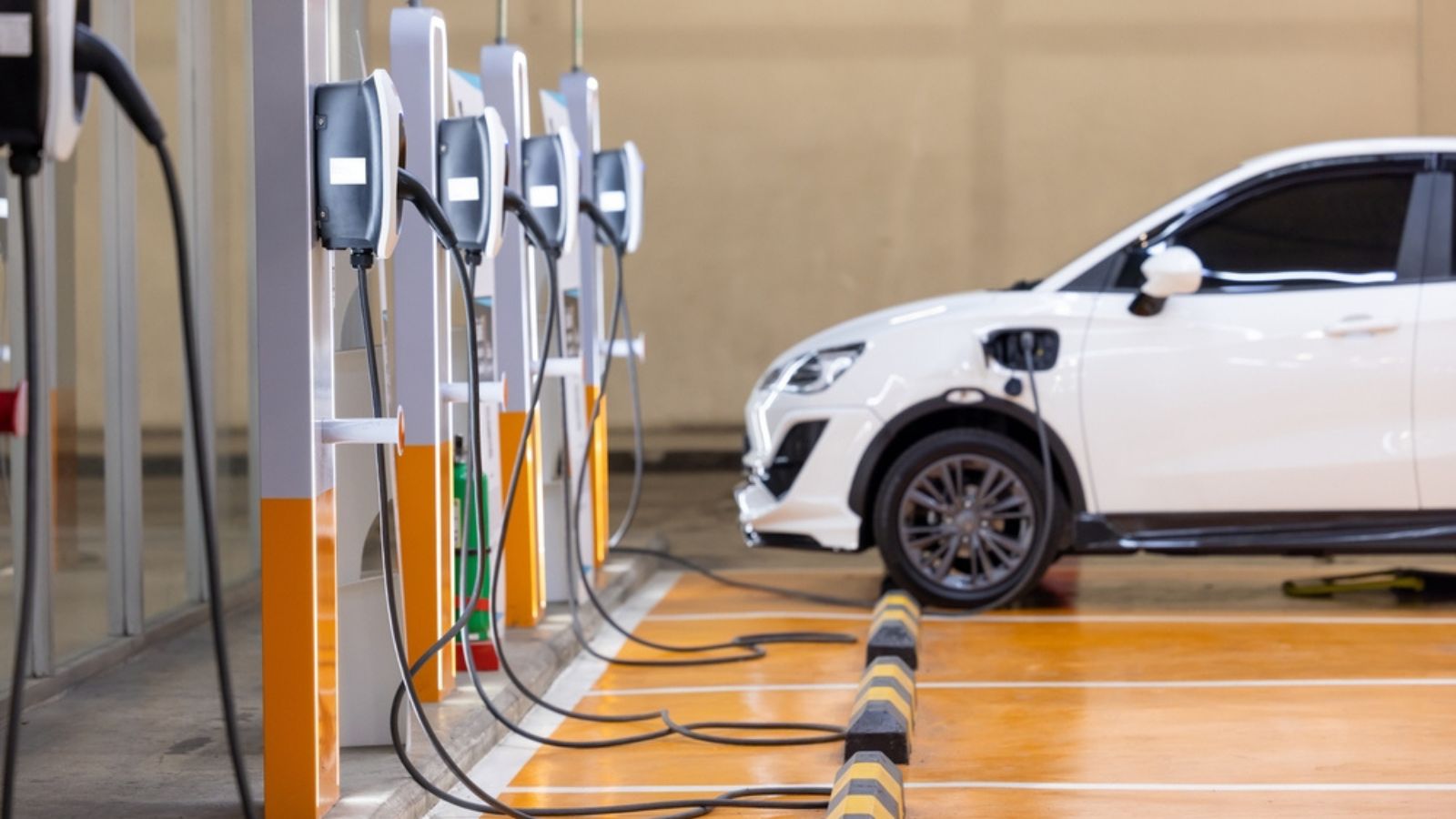
Green is the new black. The iZEV program (that’s “Incentives for Zero-Emission Vehicles,” not a new iPhone) offers up to $5,000 off eligible electric and plug-in hybrids. Provinces sweeten the deal like Quebec zaps on up to $7,000 more, and B.C. throws in up to $4,000 like a garage sale on carbon guilt. Bonus? No luxury tax on most EVs under $100K—take that, tariff tantrums! Also, zero tailpipe emissions mean you’re saving the planet and dodging fuel prices.
Investigate Dealer Trades

If your local dealer doesn’t have the model you want, they can do a dealer trade. Why it helps? Dealer trades often source cars that have landed in Canada, dodging those pesky import tariffs and shipping delays. In 2023, tariffs on vehicles from certain countries hit up to 6.1% (Canada Border Services Agency). That’s money better spent on extra cupholders. Bonus: It saves you the stress of custom orders and the agony of waiting three lunar cycles for your SUV. Just ask for a dealer trade.
Consider Certified Imports.
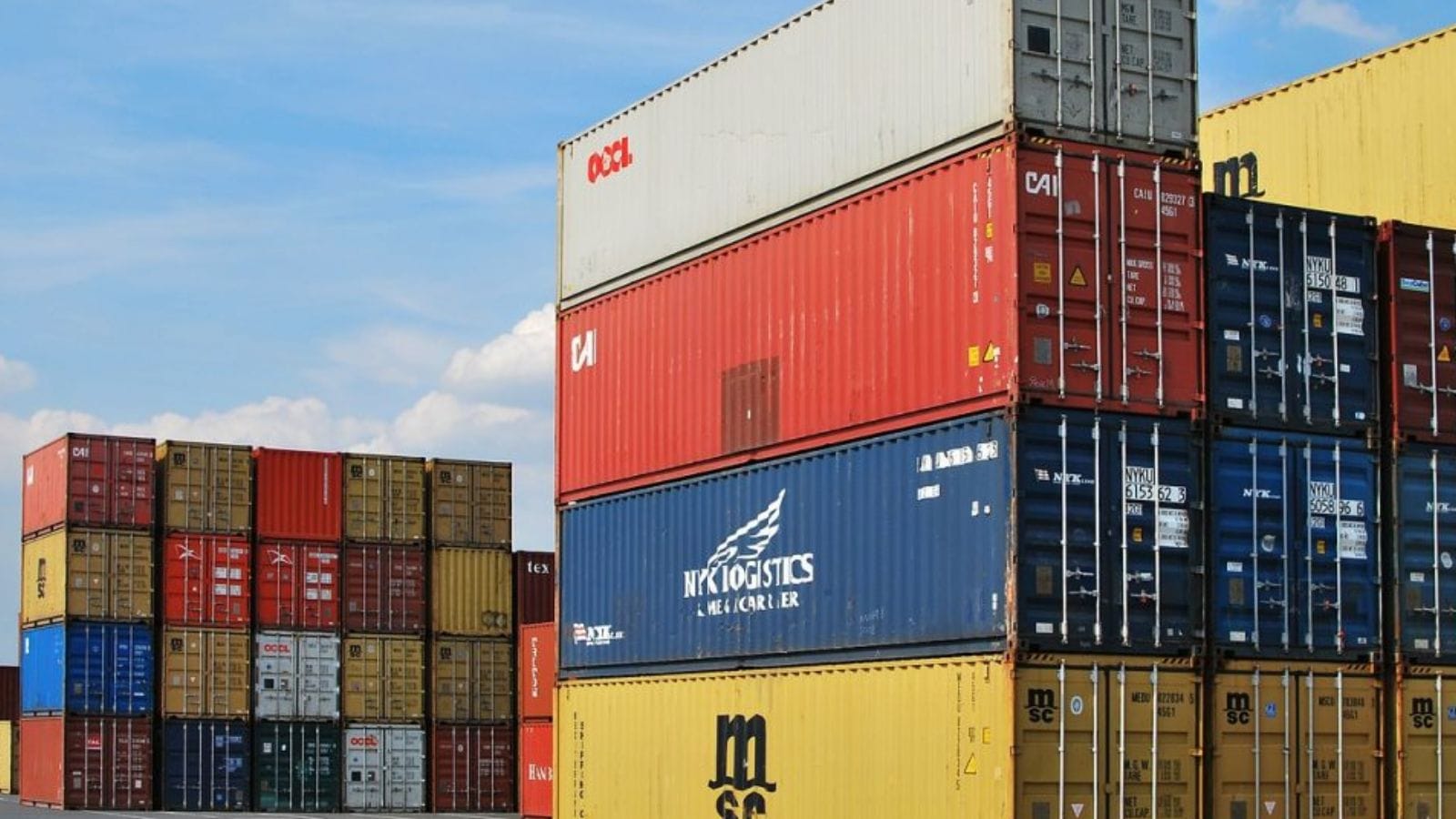
Thinking of importing a sweet ride into Canada? Before you jump into cross-border car shopping, consider Certified Imports—your tariff-fighting sidekick. Thanks to global trade drama, tariffs can slap your wallet harder than a moose on a sugar rush. Certified vehicles that meet Canadian safety standards (like CMVSS) glide through customs more smoothly, avoiding costly mods and delays. Plus, cars over 15 years old? They’re the VIPs of importation—no need to meet Canadian standards at all.
Don’t Ignore Insurance
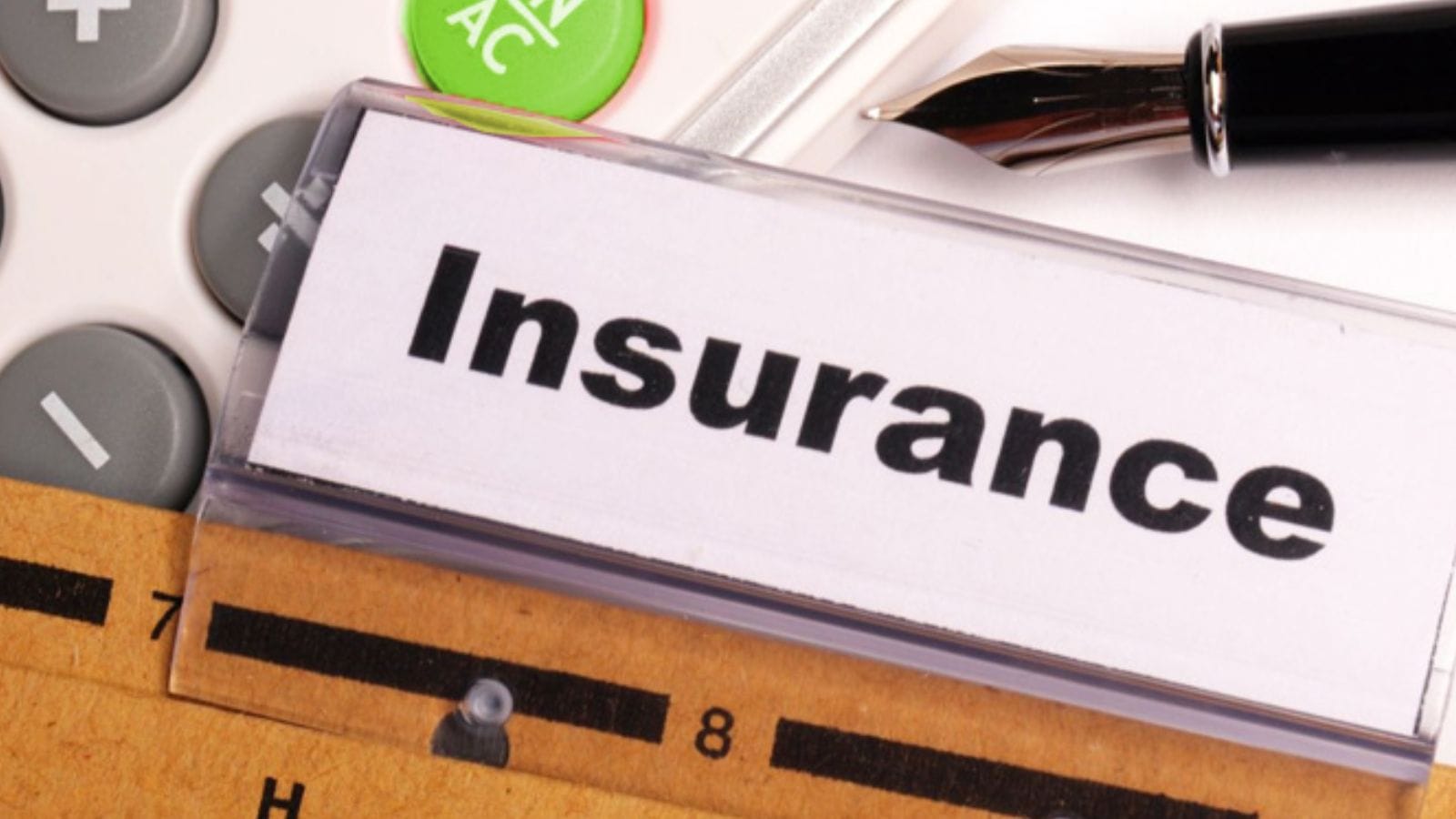
Nowadays, buying a car in Canada feels like trying to dodge icebergs in tariff-infested waters. While tariffs might jack up vehicle prices (thanks to global trade spats and supply chain chaos), insurance costs can also sneak up and KO your budget. According to the Insurance Bureau of Canada, the average annual premium hovers around $1,300, but in provinces like B.C. and Ontario, it can easily break $2,000. Plus, tariffs on imported parts mean pricier repairs, translating to higher premiums.
Budget for Winter Tires
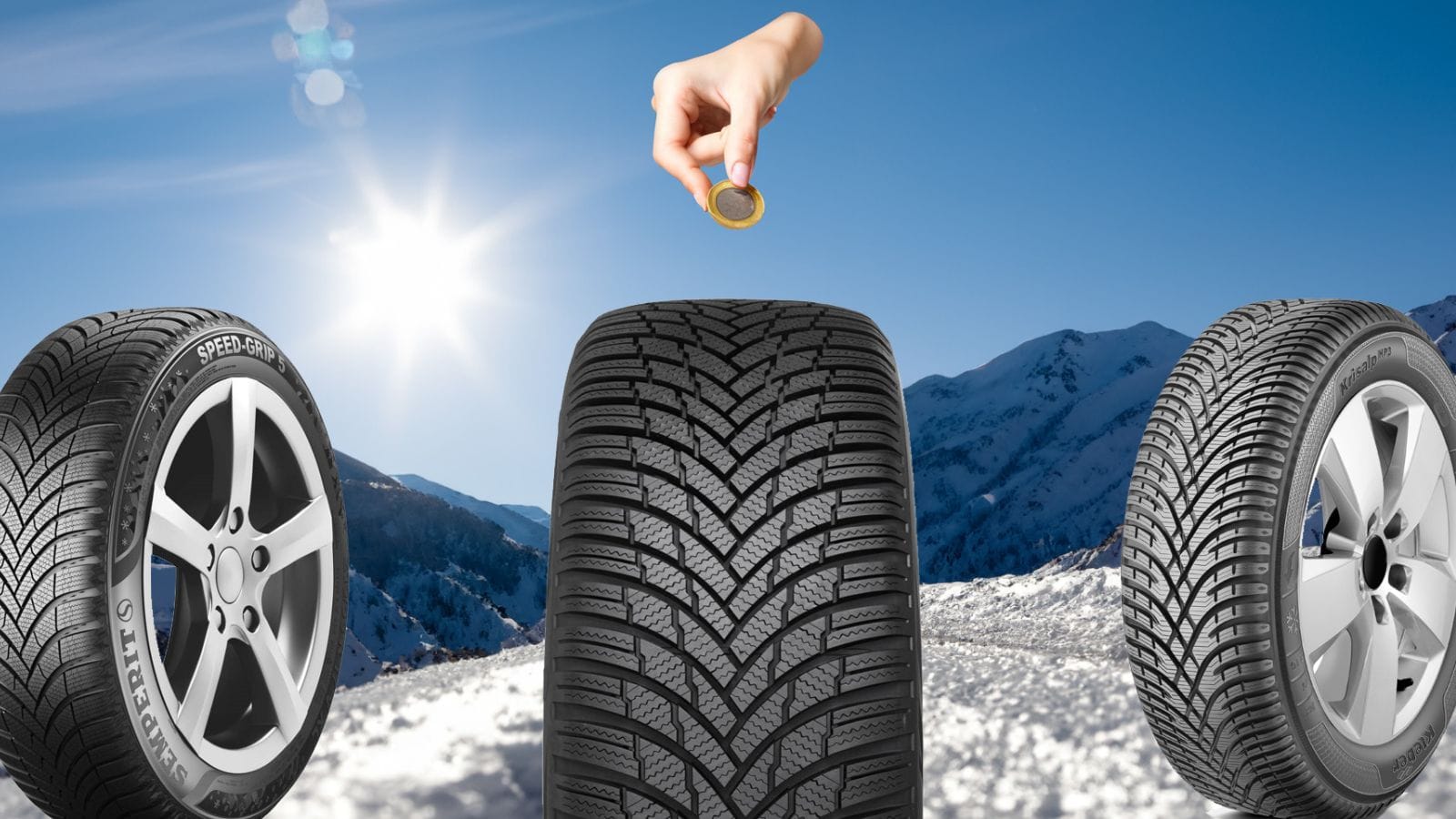
In many provinces, winter tires are mandatory and pricey. Transport Canada reports that winter tires can reduce braking distance by up to 25% on snow. Budget around $800–$1,200 for a good set, less than you’d pay for one fender-bender or a single ER visit. Imported tires might also face tariffs, so check if domestic brands like Goodyear (hello, Ontario!) can save you a loonie or two. Bottom line: Your tires should change with the seasons.
Watch for Manufacturer Rebates

Tariffs got your wallet weeping? Manufacturer rebates are your secret weapon. Rebates can slash thousands off the sticker price, especially during model-year clear-outs or when dealerships are overstocked (which happens more often than snow in Winnipeg). Also, according to AutoTrader.ca, rebates can range from $500 to over $5,000, depending on the vehicle and timing.
Don’t Fall for the “American MSRP” Trick
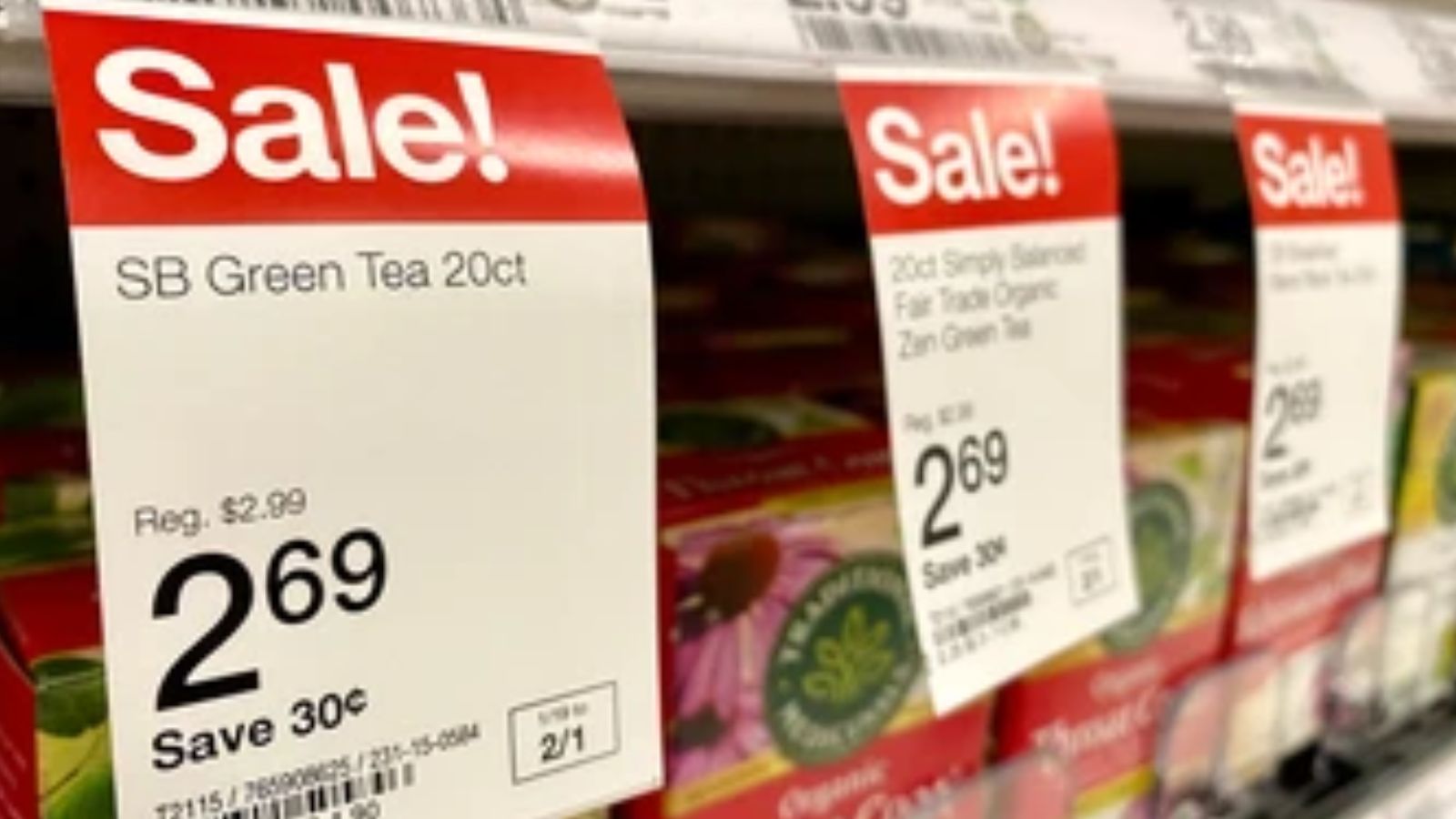
Oh, you sweet summer Canadian, dreaming of that shiny SUV with an MSRP so much cheaper south of the border. Don’t be fooled! That U.S. sticker price doesn’t include import duties, currency conversion woes, the 6.1% tariff on non-NAFTA vehicles, or Transport Canada compliance mods. Your “deal” could become a wallet-thinning odyssey. So, unless you’re into red tape and bureaucratic treasure hunts, check Canadian MSRP and total import costs before getting dazzled by that “cheap” American tag.
Keep Resale in Mind

When buying a car in Canada, remember: your future self might want out. Tariffs can throw curveballs like a moose on roller skates—unexpected, chaotic, and slightly expensive. With tariffs on imports shifting like Toronto weather, cars from foreign automakers might depreciate faster than your leftover poutine. According to the Canadian Black Book, vehicles from brands like Toyota and Honda typically hold value better than those of their European counterparts.
Stay Informed

Tariff policies can change faster than a Toronto weather forecast. For example, a 25% tariff on imported trucks could suddenly turn your affordable dream ride into a luxury item. Use tools like the Canadian Vehicle Manufacturers’ Association and car cost calculators to see how new tariffs affect pricing. Follow automotive news, and don’t be shy about asking dealers where that shiny ride comes from. Remember: knowledge is power, especially when it saves you thousands on a four-wheeled future.
18 Budget-Friendly Electric Cars That Last Longer Than Their Loans — Economical Electrics
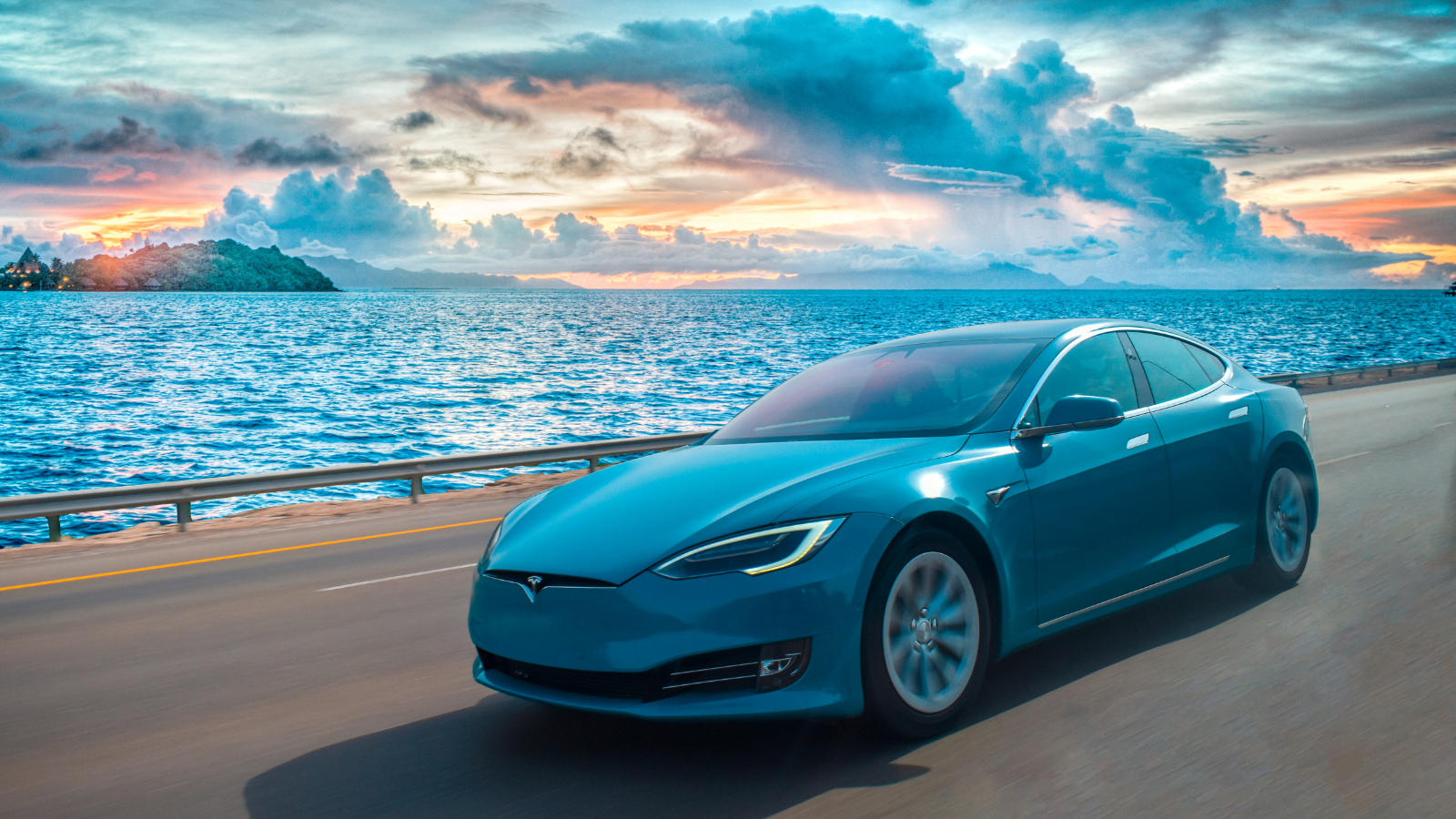
Electric vehicles are no longer a luxury for the elite—they’re a smart investment for the everyday driver. With manufacturers stepping up to the plate, affordable EVs now deliver on reliability, range, and modern comforts. Here’s a look at 18 economical electric cars engineered to outlast their payment plans.
18 Budget-Friendly Electric Cars That Last Longer Than Their Loans — Economical Electrics
